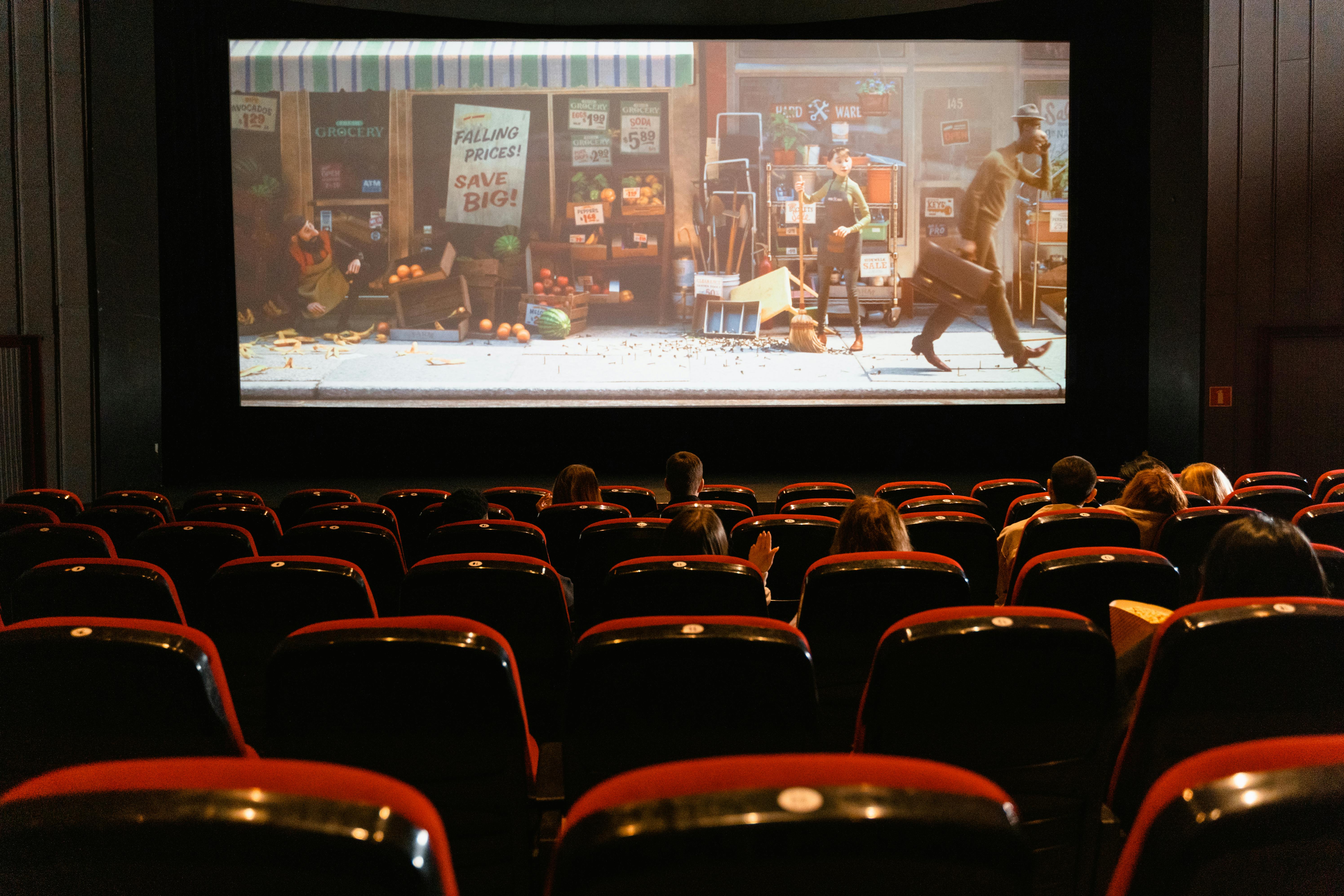Sensory Cinema: The Rise of 4D Movie Experiences
In an era where digital streaming dominates, cinemas are innovating to lure audiences back to the big screen. Enter 4D movie experiences, a revolutionary approach that engages all five senses, transforming passive viewing into an immersive adventure. This cutting-edge technology is reshaping the landscape of theatrical entertainment, offering a unique blend of traditional storytelling and multi-sensory stimulation.

What Exactly is 4D Cinema?
4D cinema takes the immersive experience to new heights by incorporating physical effects synchronized with the on-screen action. These effects can include motion seats that shake, tilt, and vibrate; environmental simulations like wind, rain, and snow; and even scent dispersal systems that release appropriate aromas. The result is a multi-sensory journey that complements the visual and auditory elements of the film, creating a more engaging and memorable experience.
The Technology Behind the Magic
The core of 4D technology lies in its sophisticated motion control systems and environmental simulators. High-tech seats are equipped with pneumatic actuators that can move in multiple directions, mimicking the action on screen. Water sprayers, air blasters, and fog machines create realistic atmospheric effects, while scent generators release carefully timed fragrances. All these elements are meticulously programmed to sync with the film’s timeline, ensuring a seamless integration of physical sensations with the cinematic narrative.
The Impact on Storytelling and Film Production
The advent of 4D technology is not just changing how we watch movies; it’s influencing how they’re made. Directors and producers now have an expanded palette of storytelling tools at their disposal. Action sequences can be heightened with synchronized seat movements, while subtle environmental cues can enhance the emotional impact of quieter scenes. This new dimension of filmmaking presents both challenges and opportunities, pushing creators to think beyond visual and auditory elements to craft truly immersive narratives.
The Global Adoption of 4D Cinema
4D technology is rapidly gaining traction worldwide. South Korea, often at the forefront of entertainment technology, has been a pioneer in this field. Major cinema chains in the United States, Europe, and Asia are increasingly incorporating 4D theaters into their multiplexes. The technology has proven particularly popular for blockbuster action films and animated features, where the physical effects can significantly enhance the viewing experience. However, as the technology matures, we’re seeing its application expand to a broader range of genres.
The Economics of 4D: Costs and Benefits
Implementing 4D technology represents a significant investment for cinema owners. The specialized equipment and ongoing maintenance costs are substantial. However, many theaters are finding that the premium pricing for 4D tickets, coupled with increased attendance, justifies the expense. For moviegoers, the higher ticket prices are often seen as worthwhile for the unique, immersive experience that can’t be replicated at home. This value proposition is crucial as cinemas compete with the convenience and affordability of streaming services.
Challenges and Criticisms
While 4D cinema has its enthusiasts, it’s not without its critics. Some argue that the physical effects can be distracting, detracting from the film’s narrative and emotional impact. There are also concerns about accessibility, as the intense physical nature of the experience may not be suitable for all viewers, including those with certain health conditions. Additionally, the technology’s effectiveness can vary depending on the film, with some movies lending themselves better to the 4D treatment than others.
The Future of 4D and Beyond
As 4D technology continues to evolve, we can expect even more sophisticated and nuanced sensory experiences. Future developments may include more personalized experiences, where viewers can customize the intensity of effects to their preferences. There’s also potential for integration with virtual and augmented reality technologies, further blurring the line between the viewer and the cinematic world. As filmmakers become more adept at utilizing these tools, we may see the emergence of new genres and storytelling techniques specifically designed for 4D environments.
Conclusion: A New Chapter in Cinema History
4D cinema represents a bold step in the ongoing evolution of the movie-going experience. By engaging multiple senses, it offers a level of immersion that was previously unattainable, potentially reinvigorating the cinema industry in the face of fierce competition from home entertainment options. While it may not be suitable for every film or every viewer, 4D technology is undoubtedly carving out its place in the future of entertainment. As it continues to develop and refine, 4D cinema may well become a standard feature of theaters worldwide, ushering in a new era of multi-sensory storytelling.





